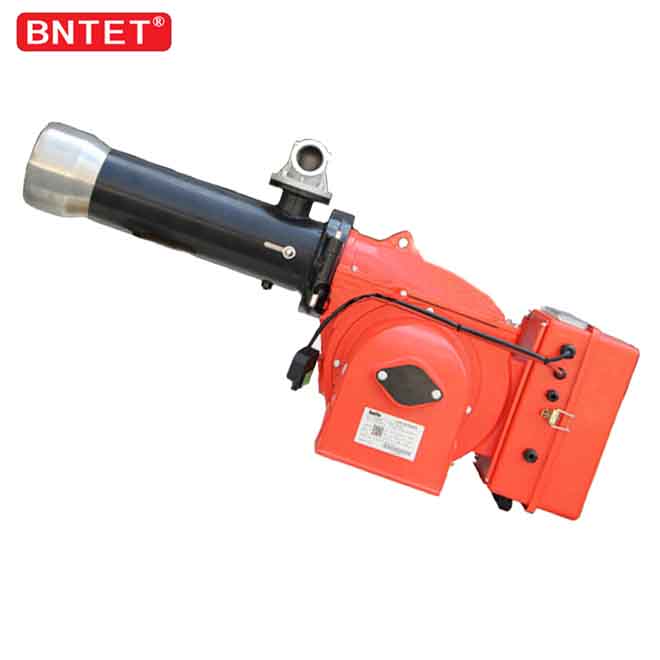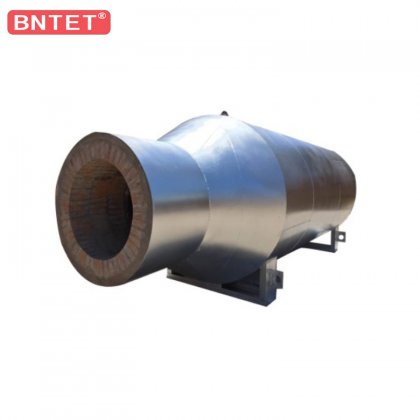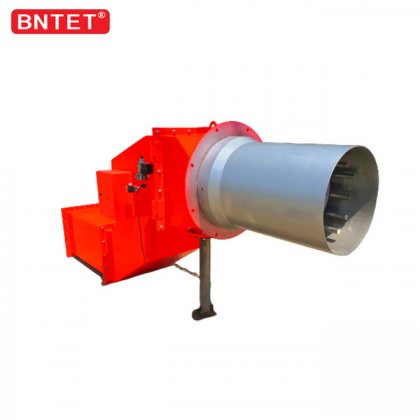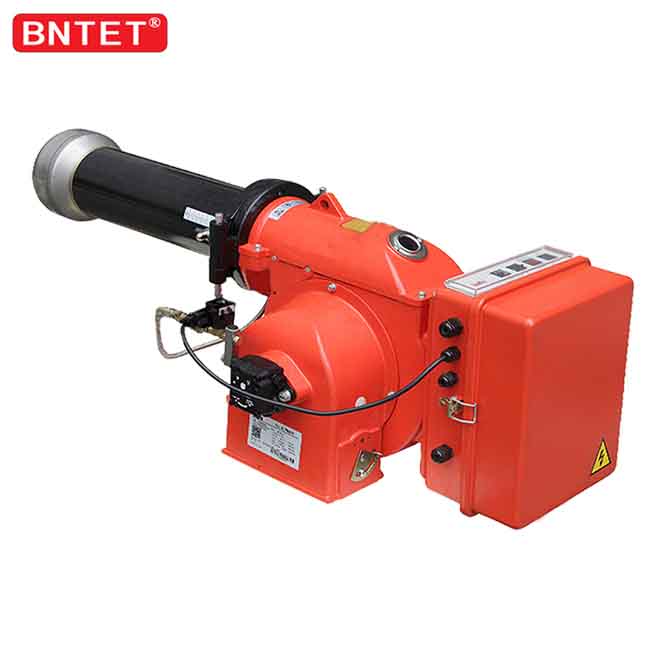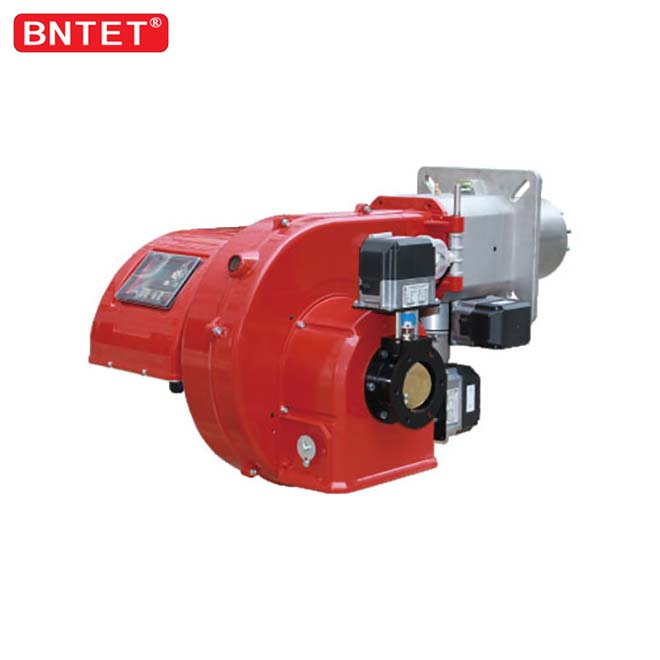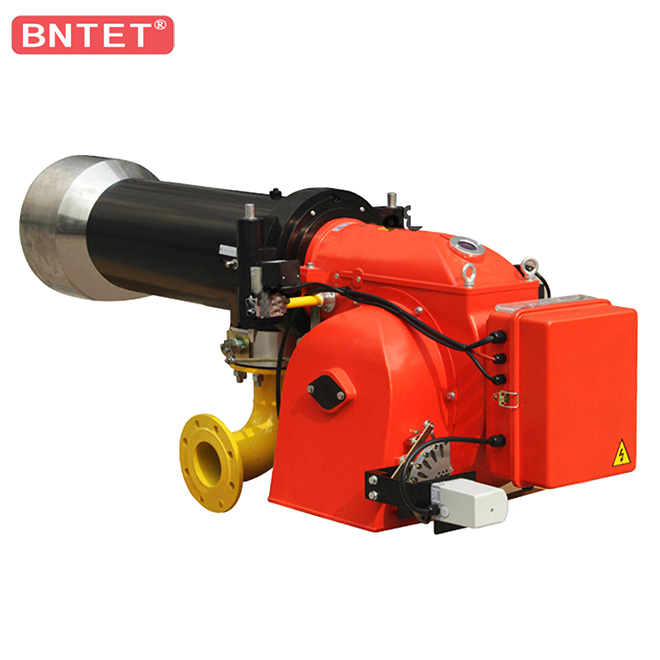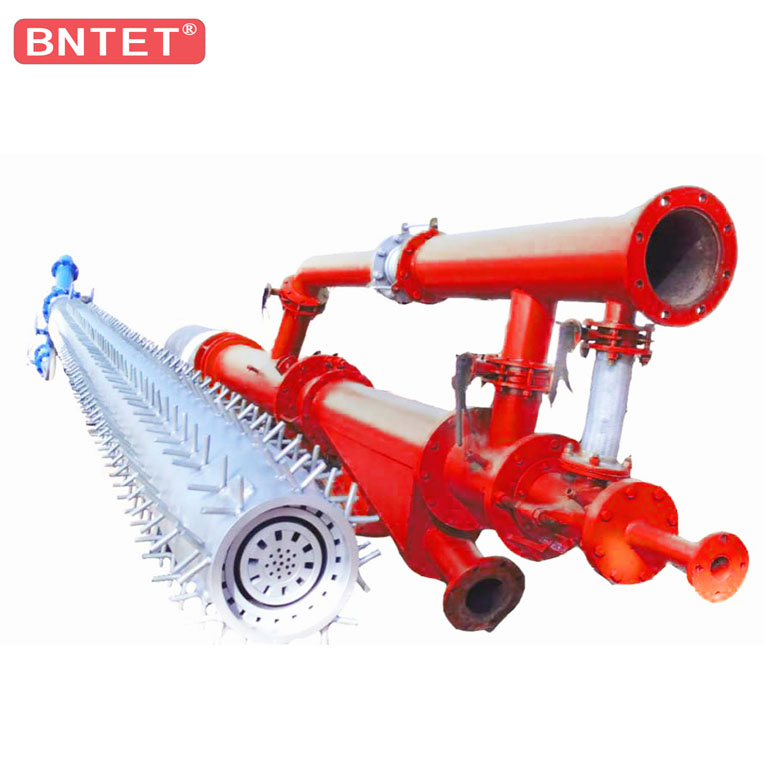Industrial biomass methanol incinerator burner
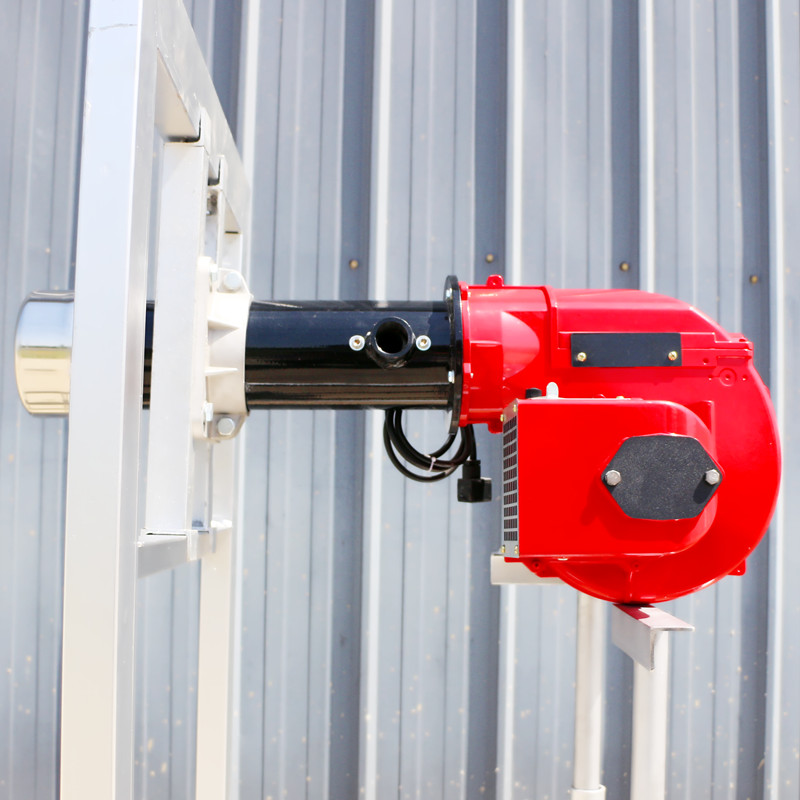
The incineration burner raw material of the methanol incinerator is biomass energy, which enables humans to complete the skills that can be incinerated without using coal or oil. Nowadays, methanol incinerators have largely replaced those traditional incinerators.
No discharge of tar, waste water and other wastes: using high-temperature pyrolysis incineration technology, tar, etc. are directly incinerated in a gaseous manner, which solves the technical problem of high tar content in biomass gasification, and avoids secondary pollution of water quality with methanol incinerators The secondary pollution of water quality caused by washed tar is eliminated.
The methanol incinerator is a new type of biomass semi-gasification, fully intelligently controlled incinerator. It uses zirconium silicon crystals to make the furnace; the biomass pellet incinerator avoids washing tar, which can continue to withstand high temperatures and extend the life of the whole machine. Thoroughly satisfy the needs of a wide range of enterprises.
High heating temperature: This skill uses secondary air distribution, and the furnace pressure is 500700mm water column to ensure the normal fluidization of the jet area. It can be supplied continuously for continuous production, the flame is stable, and the temperature in the high temperature section can reach 1300.
The pollution-free and environmental protection benefit is remarkable: the renewable biomass power is used as fuel to complete the continuous use of power. The high-temperature segmented incineration technology is selected, and the emission of NOX, SO2, and dust in the flue gas is low.
In recent years, as power shortages, oil shortages, rising electricity prices, and rising oil prices have become serious, companies in various industries have gradually strengthened their awareness of biomass energy conservation and environmental protection. There is an urgent need for an alternative to electricity, diesel, coal, natural gas, and liquefied petroleum gas. New methanol incinerator.
Burner manufacturers remind the use of incinerators:
In fact, domestic water heaters and gas stoves can be called incinerators, and some industrial incinerators are also included in the field of incinerators. In short, incinerators are widely used. Incinerators generally use kerosene, diesel and other materials as raw materials for incineration, and the incineration effect is very good. However, the incinerator is also a dangerous machine, and the staff must pay attention to safety in the process of using it.
Even if it is improperly used, it will cause accidental leakage and fire, and it will be extinguished by splashing with water. It will not cause major losses like diesel or liquefied gas. Moreover, the environmentally friendly oil accidentally leaked can be dissolved in water or natural air-dried, and will not pollute like diesel or liquefied gas The environment poses a safety hazard.
To be engaged in the transportation of dangerous goods, you must first become a half expert. You must learn certain chemical knowledge and have an understanding of the physical and chemical properties of the chemicals that are often carried. Before shipping, inquire about the chemical functions, specific gravity, flash point, and precautions of products such as product specific gravity, flash point, toxicity, light diesel incinerator, toxicity, expansion coefficient, incineration expansion coefficient, etc. For example, transporting barrels of epichlorohydrin has a large expansion coefficient and is flammable, so new barrels must be used for filling, full barrels, and no space left.
In the summer, shed poles and awnings should be installed on the vehicle, and it should be ventilated and protected from light, especially to prevent direct sunlight; and deal with the dangerous goods transport permit to the relevant department, hang a small yellow flag, and write the word dangerous for people to identify. In addition, you should bring a few barrel lid seals, one or two wet sacks, a small amount of sand, a special wrench, and an incinerator dry powder fire extinguisher.
